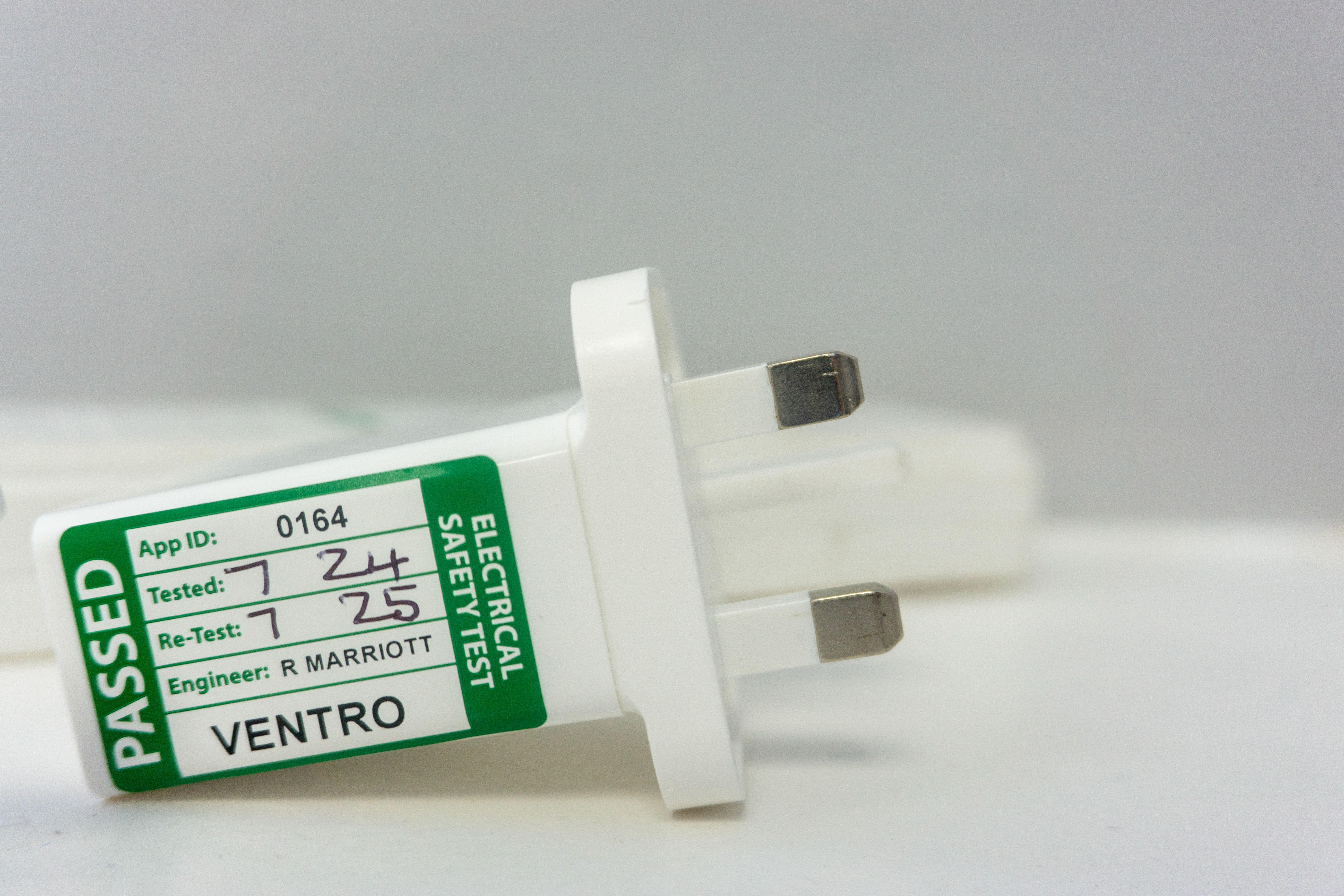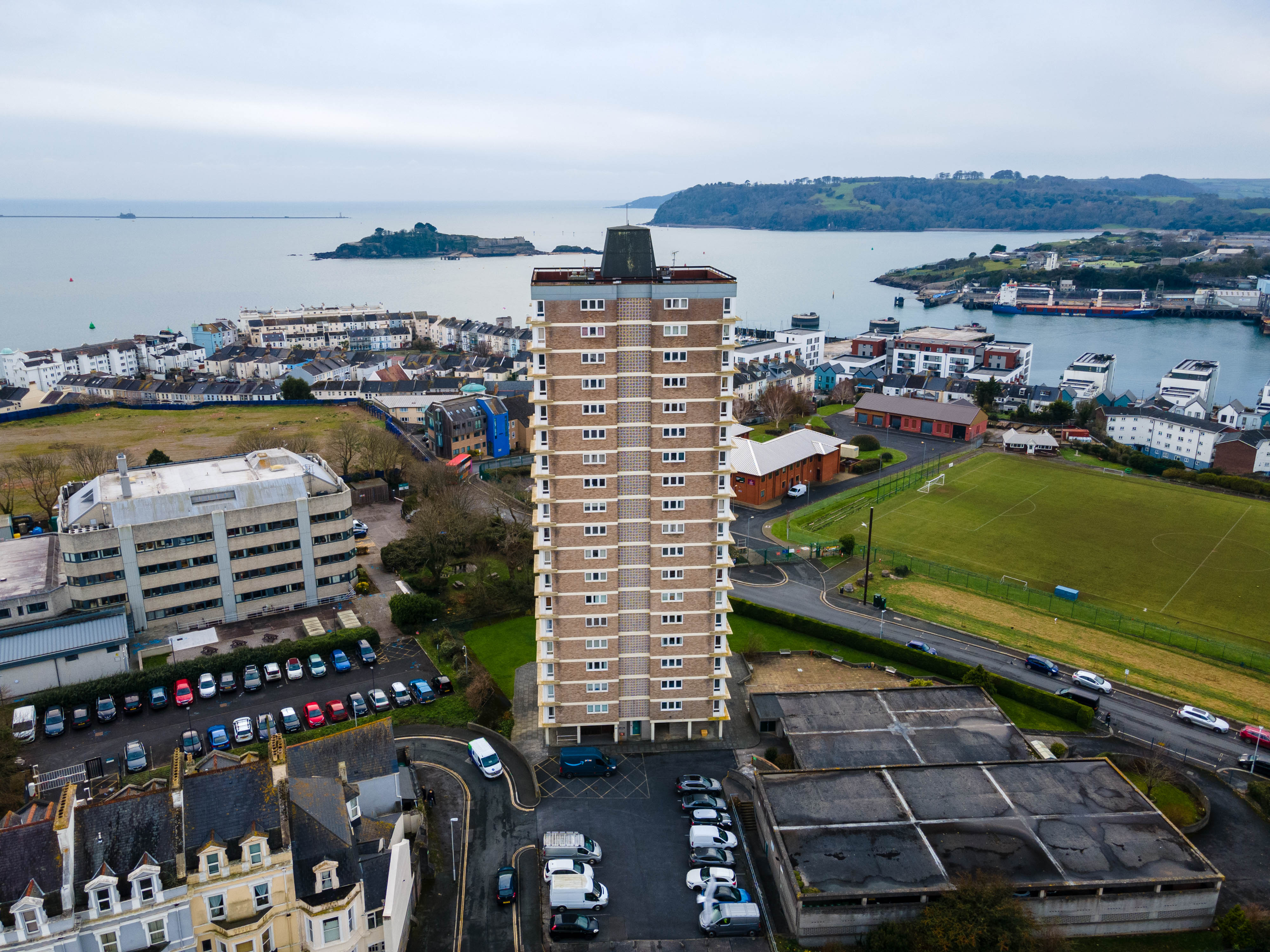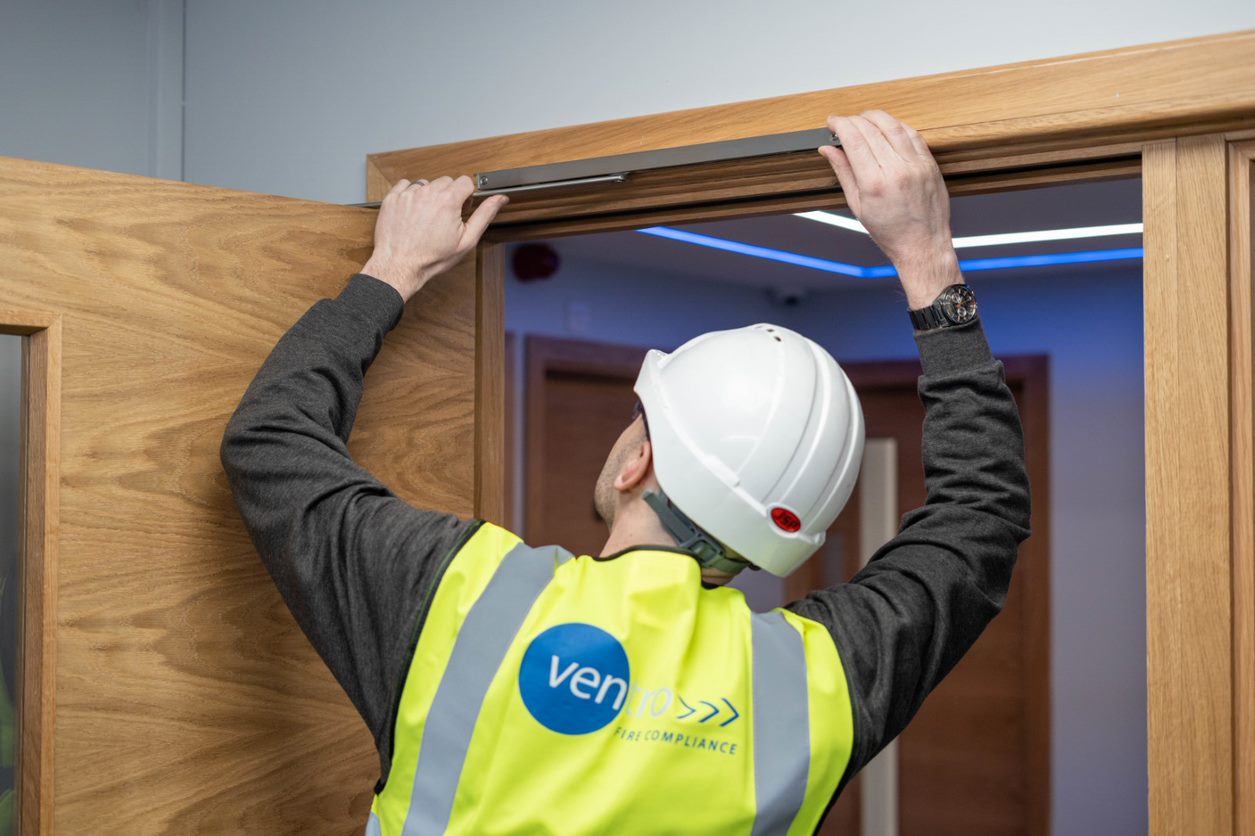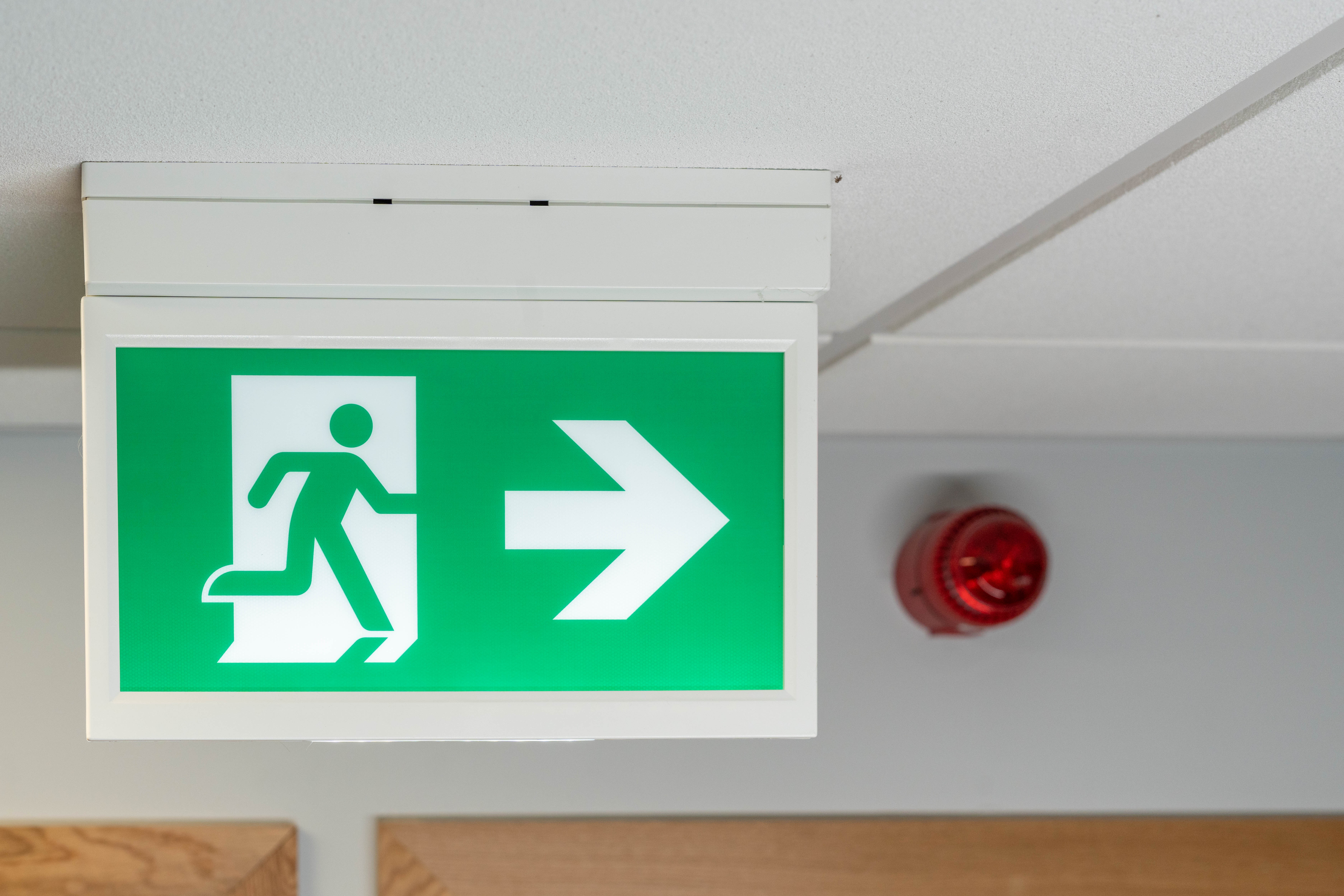Protecting Social Housing Residents from Hidden Electrical Hazards

When we think about building safety, fire doors, security alarms, and smoke detection often take centre stage. Yet, one of the most overlooked risks within housing stock is electrical safety. With recent legislation updates extending the residential electrical safety regulations to the social housing sector, housing associations and local authorities need to plan to deliver and record this added level of compliance.
Why is the law changing?
The introduction of mandatory electrical safety checks in the social rented sector marks a significant shift in housing regulation. Previously, such requirements were limited to the private rented sector, leaving a gap in safety standards. This disparity became particularly concerning following high-profile tragedies, notably the Grenfell Tower fire, which was initiated by an electrical fault.
This legislative change underscores the government's commitment to ensuring that all tenants, regardless of tenure, reside in safe properties and environments. It reflects a broader effort to standardise safety practices across the housing sector, aiming to prevent future tragedies and uphold the principle that tenant and building safety is paramount.
What does the data suggest?
According to government data, electrical faults remain one of the leading causes of accidental house fires in the UK. For housing providers managing thousands of properties, the potential scale of risk is vast. Ensuring compliance with the latest standards is essential to safeguarding tenants’ lives. In the UK there are around 19,300 accidental electrical fires every year*. Faulty appliances and leads are responsible for approximately 15 percent of these, while misuse of electrical appliances contributes to around 34 percent. For housing associations and local authorities responsible for thousands of homes, the scale of this risk is significant, and this data goes someway to detailing why the recent legislative changes have been introduced.
Recent updates to legislation, including requirements around periodic inspection and testing (EICRs), have sharpened the focus on landlords and housing associations. For housing associations, this means developing robust programmes for testing, remedial works, and ongoing monitoring to ensure every property is safe and legally compliant.

Resident Liaison will be more important than ever
Effective resident liaison is a critical part of maintaining electrical safety in social housing. Housing associations and local authorities often face the ongoing challenge of gaining access to properties for inspections, testing, and remedial works. Keeping residents informed about upcoming visits, explaining the purpose of checks, and providing clear guidance on what to expect helps to build trust and cooperation. Proactive communication reduces missed appointments and delays but also reassures residents that their safety is a priority. By fostering positive engagement, Housing associations can ensure that essential electrical work is completed efficiently, protecting both tenants and the wider housing stock.
Proactive Maintenance can save time and money
Beyond legislation, the importance of electrical safety ties directly into tenant trust and asset management. We’ve seen for fire safety that Proactive maintenance not only reduces the likelihood of incidents but also extends the lifespan of housing stock and provides cost predictability, this is just as relevant for electrical services. By embedding electrical safety into wider compliance and asset strategies, housing associations can protect residents while demonstrating accountability to regulators, stakeholders, and local communities.






